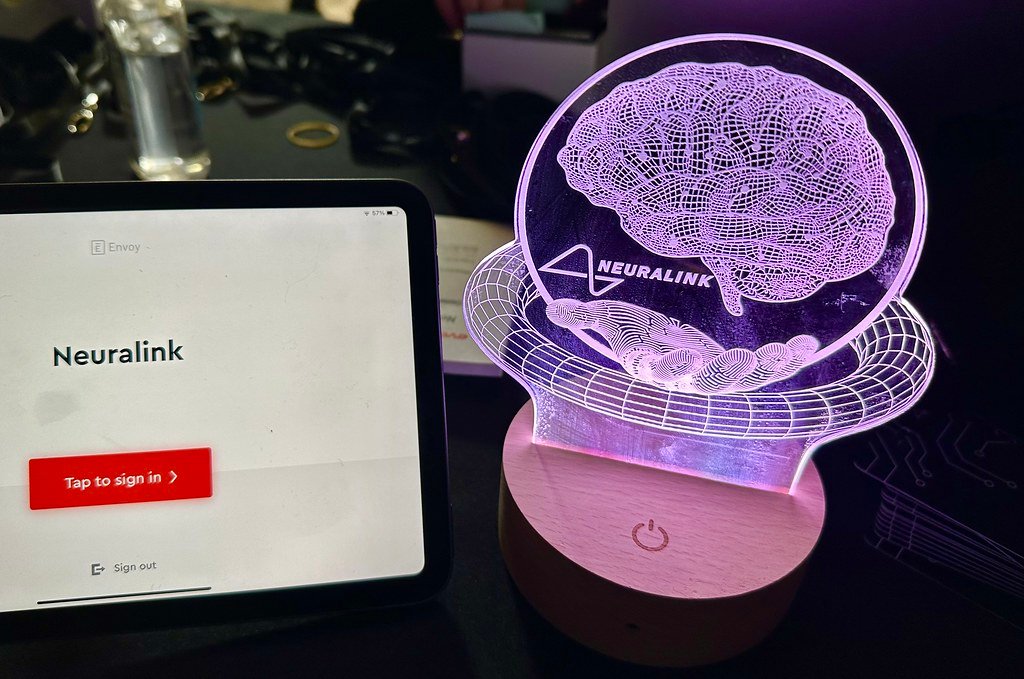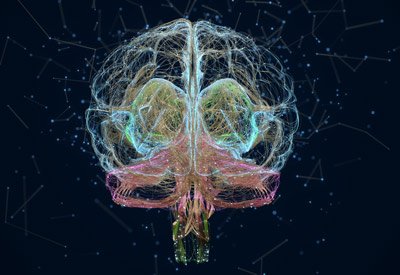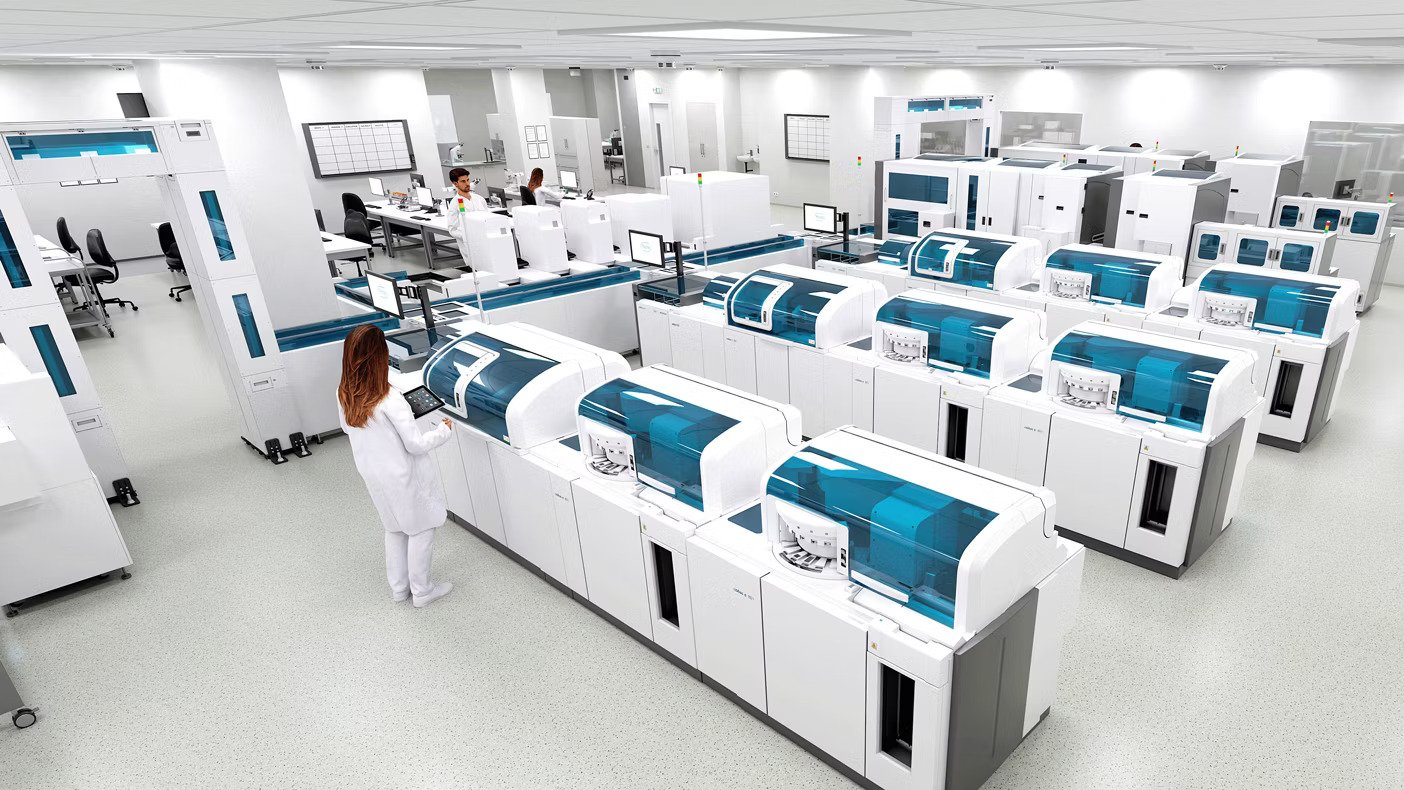Let’s be real—cybersecurity used to be a word that came straight out of a spy movie. As a kid, I used to think of it as hackers being in dark rooms typing a million words per minute with code flashing across the screen and someone frantically yelling “We’ve been breached!” But instead today, it has more to do with technology; as our lives become more connected to technology, cybersecurity is something everyone needs.
It’s not just big companies that are at risk anymore; infact, now more ordinary people—students, parents, even teachers—can get hit by things like phishing emails, viruses, or even ransomware. With the threats getting more advanced every day, there’s only one powerful tool that can help to stop it: artificial intelligence.
Traditional cybersecurity used to depend on rules and lists. Like, if a certain file looked shady or matched something on a “bad” list, it got blocked. Simple, right? But the problem is that hackers aren’t simple anymore. They’re evolving, changing strategies, and finding new ways to sneak into systems. AI flips the game by actually learning what threats look like—even if they’ve never been seen before.
For example, AI can detect patterns in network traffic and flag unusual activity. For example, if you are usually online from Georgia during the day, and your computer suddenly logs in from Brazil at 3 a.m. and starts downloading unknown files, an AI-based security system could instantly catch the suspicious behavior and stop it before it causes real damage.
In fact, according to a 2023 IBM report, companies that use AI and automation in their cybersecurity save, on average, $1.76 million more during a data breach compared to those that don’t. That’s not a small difference—it’s proof that smart tech is making a real-world impact.
Real-World Tools Doing Real-World Work
One example is Darktrace, an AI company that builds what’s called a “digital immune system.” Darktrace monitors your network 24/7 and shuts down any unusual behavior—such as when someone is trying to steal files or flood a website with traffic.
Or take Google’s Safe Browsing feature. It uses machine learning to warn you if you’re about to visit a dangerous website or download something risky. It’s currently protecting over 4 billion devices globally—meaning it’s probably saved you from at least a few sketchy pop-ups and fake links.
There’s also AI², a tool created by MIT, that combines human analyst feedback with AI learning. It can detect 85% of cyberattacks, with way fewer false alarms. That means less wasted time and more actual protection.
How Computer Science Makes All This Work
Behind the scenes, it’s computer science that powers these tools. It’s not magic—it’s math, code, and logic coming together. AI uses:
- Machine learning algorithms to identify threats
- Natural language processing (NLP) to scan emails for phishing scams
- Neural networks to mimic how a brain processes complex data
- Reinforcement learning to improve its accuracy over time
And that’s not all. AI itself also needs to be protected, which brings in areas like adversarial machine learning, where coders try to trick AI models into making the wrong decisions; this causes for a necessity for there to be cybersecurity for AI.
What’s Next?
The future of cybersecurity isn’t about choosing between humans and machines—it’s about humans and machines teaming up. When both work together, humans and machines create systems that are smarter, more efficient, and better at staying ahead of threats. Specifcally, the AI would handle the speed, scale, and keep everything in place; whereas, the humans would make the judgement calls and strategy moves to ensure that all threats will be handled in a proper manner.
From your email inbox to the firewalls at global banks, AI is working behind the scenes to keep things safe. And as computer science continues to advance, so will our ability to stop cybercriminals in their tracks—maybe even before they know they’ve been caught.
Subscribe to our newsletter!



